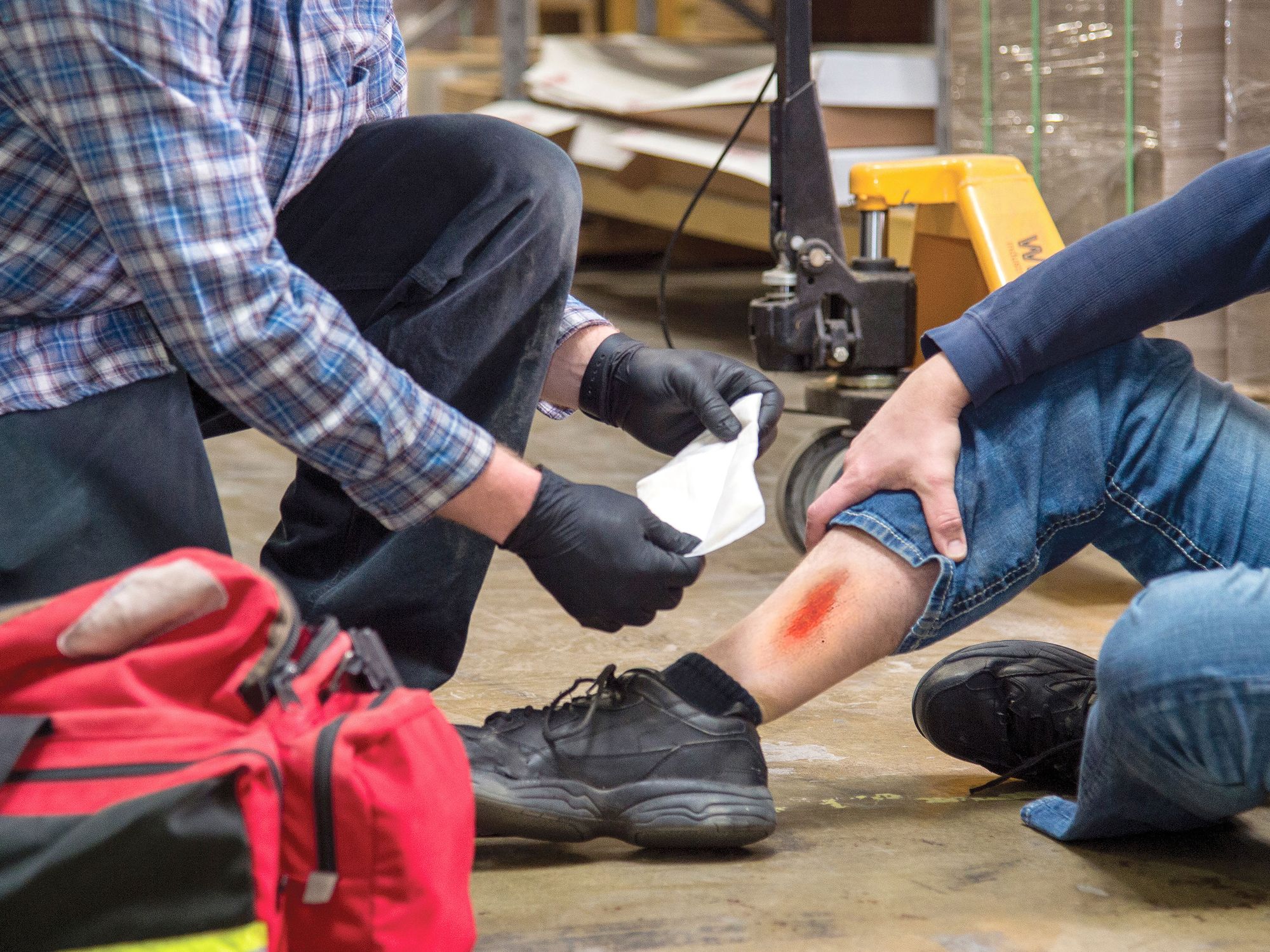InstituteInfectious DiseasesInfectious DiseasesEnglishAnalysisFocus AreaCompliance and Exceptions (Level 2)USA
Bloodborne pathogens
['Infectious Diseases']

- The Bloodborne Pathogens standard requires employers to establish a control plan, implement universal precautions, use engineering and work practice controls, provide PPE when needed, train workers, offer post-exposure evaluation and follow-up, and more.
In general, the Occupational Safety and Health Administration (OSHA)’s Bloodborne Pathogens Standard at 1910.1030 requires covered employers to:
- Establish an exposure control plan. This is a written plan to eliminate or minimize occupational exposures to bloodborne pathogens. The employer must prepare an exposure determination that contains a list of job classifications in which all workers have occupational exposure and a list of job classifications in which some workers have occupational exposure, along with a list of the tasks and procedures performed by those workers that result in their exposure.
- Update the plan annually to reflect changes in tasks, procedures, and positions that affect occupational exposure, and also technological changes that eliminate or reduce occupational exposure. In addition, employers must annually document in the plan that they have considered and begun using appropriate, commercially available effective safer medical devices designed to eliminate or minimize occupational exposure. Employers must also document that they have solicited input from front-line workers in identifying, evaluating, and selecting effective engineering and work practice controls.
- Implement the use of universal precautions, treating all human blood and other potentially infectious material (OPIM) as if known to be infectious for bloodborne pathogens.
- Identify and use engineering controls. These are devices that isolate or remove the bloodborne pathogens hazard from the workplace. They include sharps disposal containers, self-sheathing needles, and safer medical devices, such as sharps with engineered sharps-injury protection and needleless systems.
- Identify and ensure the use of work practice controls. These are practices that reduce the possibility of exposure by changing the way a task is performed, such as appropriate practices for handling and disposing of contaminated sharps, handling specimens, handling laundry, and cleaning contaminated surfaces and items.
- Provide personal protective equipment (PPE) such as gloves, gowns, eye protection, and masks. Employers must clean, repair, and replace this equipment as needed. Provision, maintenance, repair and replacement are at no cost to the worker.
- Make available hepatitis B vaccinations to all workers with occupational exposure. This vaccination must be offered after the worker has received the required bloodborne pathogens training and within 10 days of initial assignment to a job with occupational exposure, unless exempted.
- Make available post-exposure evaluation and follow-up to any occupationally exposed worker who experiences an exposure incident. An exposure incident is a specific eye, mouth, other mucous membrane, non-intact skin, or parenteral contact with blood or OPIM. This evaluation and follow-up must be at no cost to the worker and includes documenting the route(s) of exposure and the circumstances under which the exposure incident occurred; identifying and testing the source individual for HBV and HIV infectivity, if the source individual consents or the law does not require consent; collecting and testing the exposed worker’s blood, if the worker consents; offering post-exposure prophylaxis; offering counseling; and evaluating reported illnesses. The healthcare professional will provide a limited written opinion to the employer and all diagnoses must remain confidential.
- Use labels and signs to communicate hazards. Warning labels must be affixed to containers of regulated waste; containers of contaminated reusable sharps; refrigerators and freezers containing blood or OPIM; other containers used to store, transport, or ship blood or OPIM; contaminated equipment that is being shipped or serviced; and bags or containers of contaminated laundry, except as provided in the standard. Facilities may use red bags or red containers instead of labels. In HIV and HBV research laboratories and production facilities, signs must be posted at all access doors when OPIM or infected animals are present in the work area or containment module.
- Provide information and training to workers. Employers must ensure that their workers receive regular training that covers all elements of the standard including, but not limited to information on bloodborne pathogens and diseases, methods used to control occupational exposure, hepatitis B vaccine, and medical evaluation and post-exposure follow-up procedures. Employers must offer this training on initial assignment, at least annually thereafter, and when new or modified tasks or procedures affect a worker’s occupational exposure. Also, HIV and HBV laboratory and production facility workers must receive specialized initial training, in addition to the training provided to all workers with occupational exposure. Workers must have the opportunity to ask the trainer questions. Also, training must be presented at an educational level and in a language that workers understand.
- Maintain worker medical and training records. The employer also must maintain a sharps injury log, unless it is exempt under Part 1904, the Recording and Reporting Occupational Injuries and Illnesses Standards.
